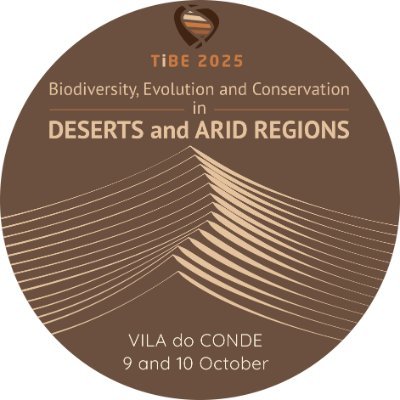
Antonia Monteiro
@MonteiroLab
Followers
648
Following
39
Media
7
Statuses
68
For those interested in GRN evolution, please join us next year!
0
4
4
New study from our lab led by former graduate student Shen Tian on the discovery of a "plasticity gene".
news.nus.edu.sg
Scientists from the National University of Singapore (NUS) have discovered a simple DNA “switch” that helps tropical butterflies adjust the size of their wing eyespots in response to seasonal...
0
2
5
Here is a very detailed examination on how pigmentation in the cuticle of a butterfly wing scale changes the density and refractive index of chitin and, thus, also alters structural color.
0
6
12
For those interested in the evolution of phenotypic plasticity - Shen Tian et al. found that a novel bit of DNA - a Hox gene promoter in the genome of satyrid butterflies - boosts plasticity in the size of their eyespots in response to temperature. https://t.co/9Y0ldnDo1T
biorxiv.org
Adaptive phenotypic plasticity allows organisms to display distinct phenotypes in response to variable environments, but little is known about the genomic changes that promote the evolution of...
0
7
20
Short documentary movie about a micro RNA with a mega impact on lepidopteran coloration (research led by Shen Tian featured in Science):
0
5
13
A microRNA is the effector gene of a classic evolutionary hotspot locus | Science
science.org
In Lepidoptera (butterflies and moths), the genomic region around the gene cortex is a “hotspot” locus, repeatedly implicated in generating intraspecific melanic wing color polymorphisms across 100...
0
15
37
Butterfly larvae can pass on a learned odor preference to other larvae via a simple hemolymph transfusion. Short film about the work (published today) by my daughter Florence: https://t.co/Ei7Sx5sWO0
7
24
71
Did you realize that butterflies hear, and being able to hear the presence of a competitor increases mating success? https://t.co/Tm6ELj0kX8
2
5
24
For those interested in satyrid butterflies, here is the annotated genome of a new species: Mycalesis mineus https://t.co/NMC8WeMZsQ
academic.oup.com
Abstract. We report a high-quality genome draft assembly of the dark-branded bushbrown, Mycalesis mineus, a member of the Satyrinae subfamily of nymphalid
0
4
19
I am looking for an enthusiastic student who wants to perform research on sound communication in butterflies, or on odor learning in butterfly larvae, at the organismal and/or molecular levels (e.g., brain circuitry and single-cell gene expression levels). Fellowship available!
6
55
80
Glad to share my last thesis chapter! We show that a 22nt micro-RNA controls melanic wing patterns in Lepidoptera https://t.co/YDBtweAftU
biorxiv.org
A long-standing question in biology is how phenotypic variation is generated from genetic variation. In Lepidoptera (butterflies and moths), an enigmatic genomic region containing the protein-coding...
2
6
20
Ever wonder about the evolutionary origin of caterpillar abdominal legs? They seem to derive from an endite GRN. https://t.co/Z1rj8v3CWi
news.nus.edu.sg
Adult insects, including butterflies and moths, typically have only three pairs of legs. But the existence of extra legs in caterpillars – chubby abdominal appendeages also known as ‘prolegs’ – has...
1
16
23
The #BoB2023 Conference website has just been released! https://t.co/3UivYTYUvM You will find information on organisers, scientific symposia, excursions, registration deadlines and fees, venue, social events... Registration will be opened in the next week! Please RT! #butterflies
1
24
54
Call for Symposia for Biology of Butterflies Conference 2023 #BoB2023 is open now! For more details, visit the conference web: https://t.co/7B0C2GvDlD
#butterflies #insect #Prague Please RT!
0
17
28
Excited for this - Presenting my single-cell work for the first time!! Glad I could get a visa and finally make it in person. #ScienceTwitter
⚠️ Programme update for #TiBE2022: Session 1 - Genetics and Evolution of Colour We now have our confirmed list of selected oral communications for the first session of our #colsci conference, see below for more details 👇
1
1
14
NUS researchers propose that the causes of eye colour variation in primates may, in part, be explained by differences in lighting in the habitats of primate species. https://t.co/Zg1PXOOeBY
nature.com
Scientific Reports - Ecological factors are likely drivers of eye shape and colour pattern variations across anthropoid primates
0
2
2
It also proposes that hotspot loci of evolution happen primarily in genes that have been modularized, anywhere in a gene-regulatory network.
0
0
2












